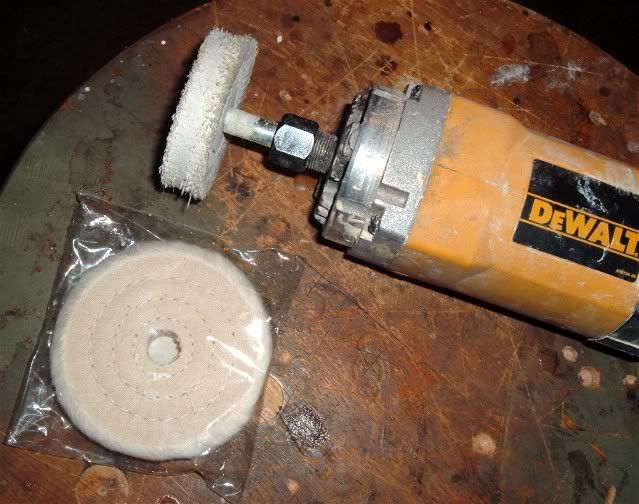I just finished putting my first clear coat finish on one of my first cues. I used super glues for the finish because it has seemed to work well in the past when using it to finish the joint end of shafts I've completed.
The problem I am running into is that I can get it glossy to a mirror finish by using Micro Mesh but there are some streaks on the cue that did not get completely buffed out to a gloss. I assume it is because I did not do my initial rough sanding enough were it perfectly leveled out the finish. I remember inspecting the finish before my final sanding to make sure I sanded out all of the high and low spots but still ended up with some low gloss streaks.
I have seen that some cue makers use a buffing wheel and possibly a compound to buff a cue to a high gloss.
What buffing wheel attachment should I buy and what compound should I use? Would this even work on a super glue finish?
Also if anyone has any suggestions on other finishes I could use other than Super Glue I would greatly appreciate that. I don't currently have the resources to buy a UV system although I would love to own one someday. I am limited to simpler methods and have not yet tried something like System Three Mirror Coat and wonder if that is a finish that is easily applied and does not get yellow over time?
Thanks in advance,
Pat J
The problem I am running into is that I can get it glossy to a mirror finish by using Micro Mesh but there are some streaks on the cue that did not get completely buffed out to a gloss. I assume it is because I did not do my initial rough sanding enough were it perfectly leveled out the finish. I remember inspecting the finish before my final sanding to make sure I sanded out all of the high and low spots but still ended up with some low gloss streaks.
I have seen that some cue makers use a buffing wheel and possibly a compound to buff a cue to a high gloss.
What buffing wheel attachment should I buy and what compound should I use? Would this even work on a super glue finish?
Also if anyone has any suggestions on other finishes I could use other than Super Glue I would greatly appreciate that. I don't currently have the resources to buy a UV system although I would love to own one someday. I am limited to simpler methods and have not yet tried something like System Three Mirror Coat and wonder if that is a finish that is easily applied and does not get yellow over time?
Thanks in advance,
Pat J
Last edited:
